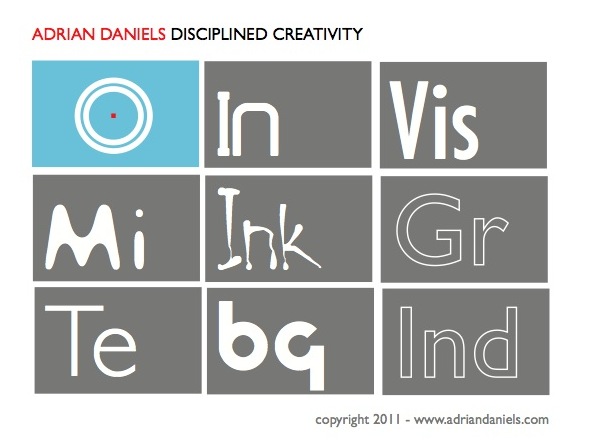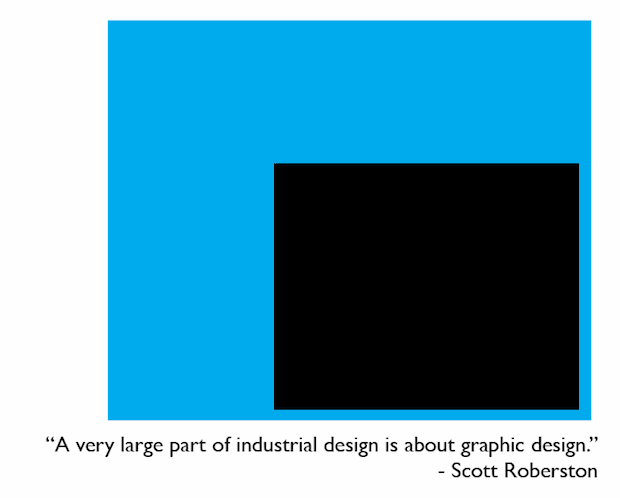I was driving this afternoon listening to the Rain In The Park mix of Mr.Cloudy and asked myself – “What makes this (piece) work?”
After all, ambient electronica can, depending upon the artist, seem random and somewhat repetitive, and admittedly it’s not for everyone. But if this music makes me happy, there must be something here worth understanding.
If you’ve taken any type of music theory class, you’ll learn that music patterns developed hundreds of years ago can be heard in virtually all types of music today. A basic example is the use of a repeating chorus – nearly every song on the radio today uses this pattern. This isn’t true with ambient electronica, but yet it still “works.”
A useful comparison is modern art – i.e. art that isn’t a visual replica of a particular scene or person.
When I was younger I thought modern art was just a random collection of brush strokes and didn’t require a tremendous amount of skill. I would sometimes go as far to claim “Even I could do that!” And, of course, some modern art is made out to be more than it really is. But at its core, this art style encompasses solid design principles and embodies true creativity. While randomness is an aspect of creativity, they are not one and the same.
So, is ambient electronica random? For the listener to truly appreciate a piece of music, true randomness doesn’t work; there has to be a true sense of progression and structure for the piece to resonate with the listener.
To elaborate, I believe music embodies three main characteristics: joy, comfort and a sense of forward movement; joy being a natural byproduct of the latter two principles. So, what is it about these latter two principles that is so important? And how do these relate to ambient electronica?

One could argue that comfort is synonymous with predictability. For example, I’m comfortable in my residence because I know that it’s structurally sound, the water and HVAC systems are working properly, and I have electricity to make everything else happen. My comfort is closely linked to a (safe?) assumption that these core facets of my residence are going to remain intact for the foreseeable future.









